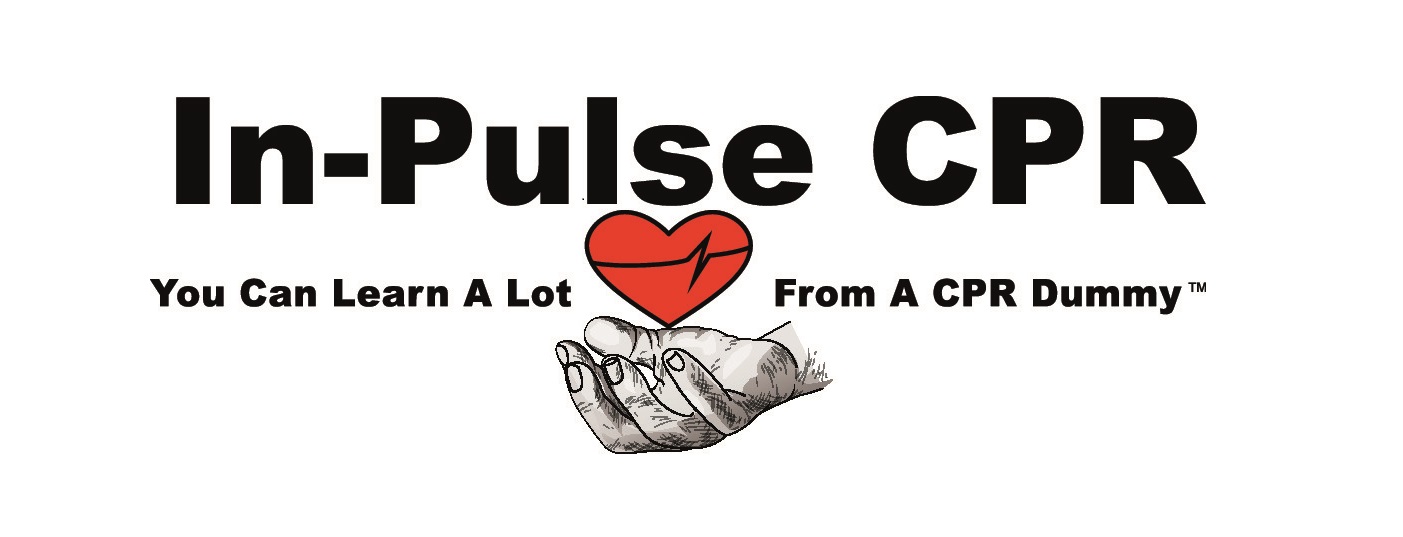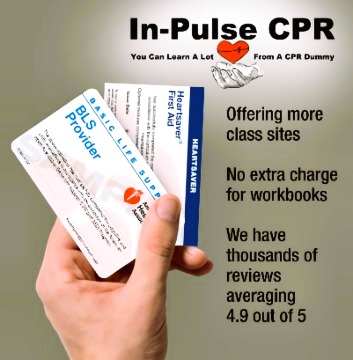CPR: A Hands-on Approach
By Karen Helm
They can plant a seed, gather a harvest and nourish your body. Others have used them to tell a story, fill the air with music or bring a child into the world. Our hands have been known to accomplish many things, but the greatest, is saving a life.
Over 600 times per day sudden cardiac death occurs from coronary heart disease in the United States. Studies continually show that the immediate response from a bystander who gives Cardiopulmonary Resuscitation (CPR) greatly increases the survival rate.
The American Heart Association (AHA) encourages the general public to be prepared during an emergency, but finding available and convenient training can sometimes be difficult. Mollie Bowman, nurse and owner of In-Pulse CPR, has found a way to combine her love for teaching along with her 25-year knowledge of the healthcare system. Her businesses are currently located in Minnesota, Pennsylvania and Florida.
Bowman, who has taken a CPR class every one-two years since she was 16, found that she would leave many of those classes feeling overwhelmed, hoping she would recall all the steps necessary in an emergency. Fear and the many changes in CPR training over the years can be immobilizing.
According to Bowman, people still have the “it could never happen to me attitude,” or think that it would be too hard to learn. Following her dream to take the fear out of training, Bowman started her business in her hometown of Minneapolis.
“Everyone truly needs to learn CPR,” said Bowman, “and with the new guidelines it is easier for the lay person to learn.” The media is also bringing awareness to the general public, due to the recent deaths of several high school athletes. With the new AHA changes, Bowman hopes this will greatly improve the public’s desire to be prepared.
For centuries people have been researching and improving the techniques. Since the 1700s doctors have realized the necessity of getting oxygen into the blood when a person’s heart stops. They used anything from fireplace bellows, rolling a person over a barrel, to hanging a person upside down.
But it was James Elam and Peter Safar that invented mouth-to-mouth resuscitation in 1956. This later was combined with chest compressions and became known as CPR.
These procedures were originally used only by those in the health profession, but it was the Red Cross and other agencies that helped establish training and performance standards.
Gone are the days where you need to give two breaths to five compressions. The ratio has continued to increase from two and 10, to two and 15, and now is at two and 30 giving 100 compressions a minute. Research has now shown that for an adult the compressions are the most important. So, if you feel squeamish about putting your mouth on a complete stranger, don’t.
You can now even purchase one-way mouth guards in small pocket size. They fit conveniently in any purse, briefcase or pocket. Larger sizes can even be stored in your glove compartment. These can be purchased from your local drug stores or found online for under $20.
So what do you learn in a typical class today? According to Carol Theis, an AHA trained instructor, classes are not difficult. She believes if she can do it anyone can.
An average class is approximately four hours. These classes help you to become familiar with the symptoms of heart attacks, strokes and choking. They then equip you with the information of what to do in an emergency. Theis said, “You always hope you will never have to perform CPR, but if you do, you will have learned the skills that will enable you to possibly save a life.”
Even calling 911 is easier these days because of cell phones. No matter where you are, either you or someone in the crowd is likely to be carrying a phone with them.
Still, one of the most common concerns about helping is what if something goes wrong? The Good Samaritan Law was passed to protect the bystander who decides to render aid in an emergency. You can now choose to assist the injured without fear of being sued for wrongdoing.
But, you have to remember that every person has the right to refuse treatment. In that case you may still call 911 but you may not interfere. Once the victim is unconscious, they have now given what is called implied consent and the Good Samaritan can step in.
Bowman wants everyone to feel confident that when they leave class they could use CPR if needed. She has made it her mission to put her hands to good use. “When something makes sense people aren’t as afraid to use it.”
CPR can save lives, anyone can do it, and the only requirement needed, is a pair of hands. Is someone you know worth it?
Contact your local AHA at www.americanheart.org to find a class near you.
About us: In-Pulse CPR currently offers American Heart CPR training classes across Minneapolis and St Paul Minnesota, Harrisburg Pennsylvania, Tampa Florida and Atlanta Georgia. Please follow links to view public class calendar for your area.





COMMENT (1)
Carol / December 28, 2011
Making the choice to do “something” instead of “nothing” is so easy and actually saves lives. I want to be one of those that make a difference.